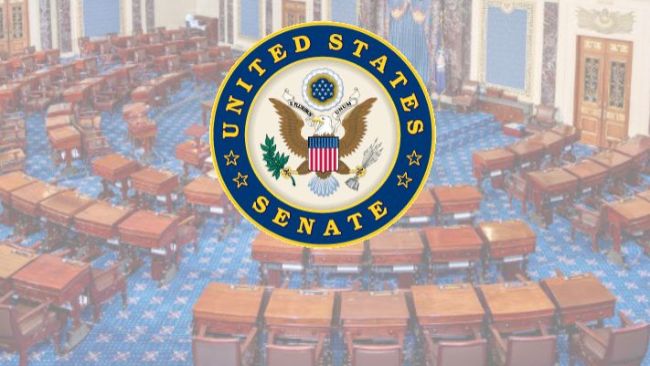The recent progress in stablecoin regulation by the U.S. Senate marks a significant milestone for digital currencies, signaling a shift towards mainstream acceptance and integration. The advancement of the GENIUS Act, a bill aimed at establishing a formal federal framework for stablecoins, has garnered bipartisan support and passed a key committee vote.
The GENIUS Act defines payment stablecoins as digital assets used for payments or settlements, with issuers committing to redeem them for a fixed amount of U.S. dollars. This bill is one of three major legislative proposals under consideration in Congress, with the GENIUS Act standing out as the most advanced and influential. It outlines federal licensing requirements for stablecoin issuers and sets clear guidelines for their operations, including reserve requirements to ensure stability and security.
One of the central features of the GENIUS Act is the creation of a federal licensing framework for stablecoin issuers. Larger issuers with a market capitalization exceeding $10 billion must comply with regulations from the Office of the Comptroller of the Currency (OCC) and the Federal Reserve, while smaller issuers have the option of state-level oversight. This dual regulatory system strikes a balance between innovation and regulation, providing a clear framework for stablecoin operations while allowing for flexibility and growth.
Consumer protections are also a key focus of the GENIUS Act, with issuers required to prioritize consumer claims in the event of bankruptcy and comply with customer privacy standards. This emphasis on transparency and consumer protection is expected to build trust in stablecoins as a secure financial tool.
The GENIUS Act’s potential to strengthen the dominance of the U.S. dollar in global finance is another significant implication of the bill. By requiring stablecoins to be backed by dollar-denominated reserves, the legislation ensures that these digital currencies remain closely tied to the U.S. dollar, preventing foreign stablecoins from undermining the dollar’s position in international trade.
As major financial institutions like Bank of America and Stripe show interest in integrating stablecoins into their payment systems, the role of stablecoins in traditional finance is expanding. Clear and consistent regulations are expected to reduce risks and encourage broader adoption, making stablecoins a more seamless and cost-effective method for settling transactions, especially in the realm of cross-border payments.
The introduction of a federal framework for stablecoins could have implications for global market liquidity, potentially shifting market liquidity towards dollar-denominated assets and strengthening the dollar’s position as the world’s reserve currency. By establishing clear rules around reserve requirements and backing, the GENIUS Act aims to ensure the stability and reliability of stablecoins, increasing confidence among investors and businesses.
Looking ahead, the GENIUS Act represents a significant step towards mainstream integration of stablecoins into the U.S. financial system. If passed into law, the bill is likely to spur greater institutional adoption of stablecoins and increase their use in domestic and international markets. The U.S. government’s efforts to balance innovation with regulatory oversight position the country as a leader in shaping the future of digital currencies, potentially influencing global regulations and reinforcing the U.S. dollar’s dominance in international trade.
In conclusion, the advancement of the GENIUS Act in the U.S. Senate signifies a pivotal moment in the evolution of stablecoin regulation. By creating a framework that supports the broader adoption of stablecoins while ensuring regulatory oversight, the U.S. is poised to lead the global digital currency market and reinforce the dominance of the U.S. dollar in the global economy.

